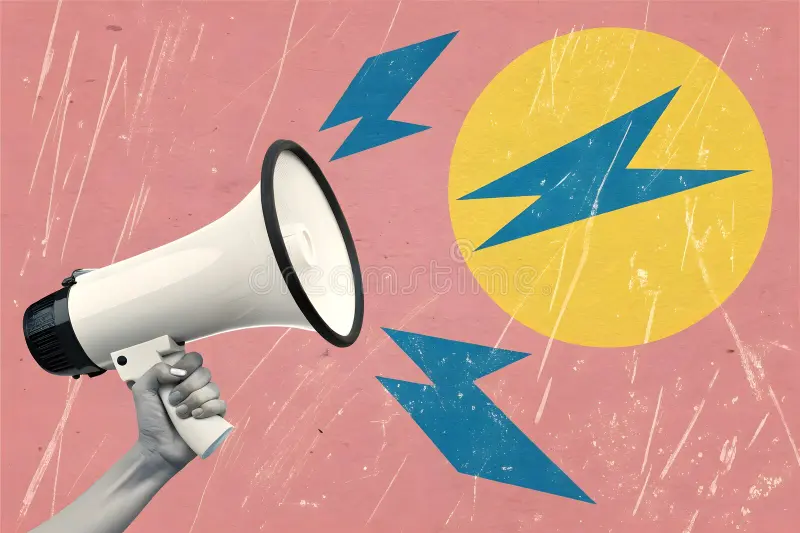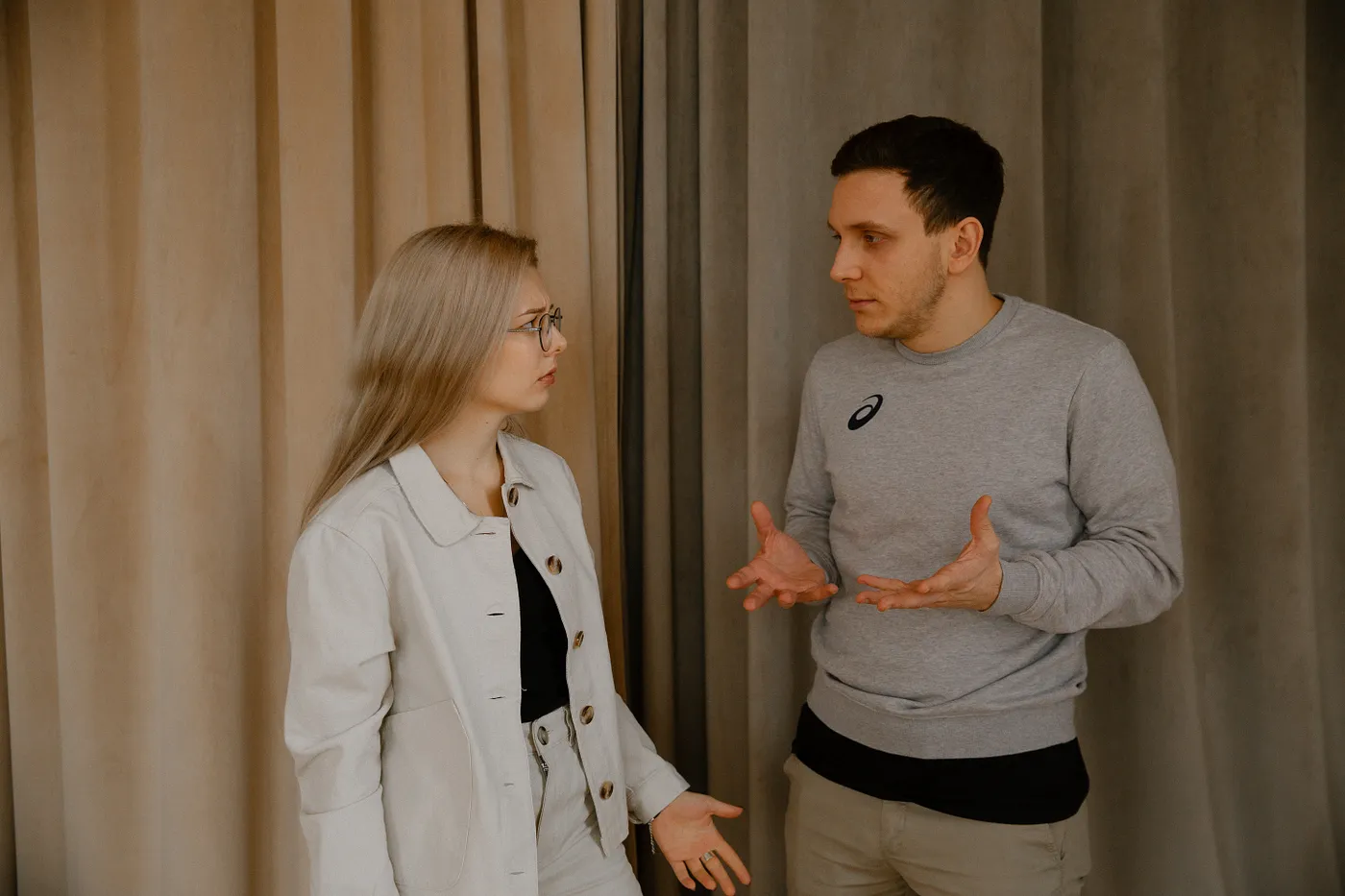Divisive Rhetoric

History shows us that words are never just words—they can build bridges or burn them, unite communities or divide them.
The Dive
Language is never neutral—it shapes how we see the world and how we treat one another. Divisive rhetoric thrives by creating an 'us versus them' dynamic, targeting certain groups as scapegoats for complex societal problems. This simplification fosters fear, hostility, and exclusion, undermining the very principles of equity and justice that should guide democratic societies.
Throughout history, divisive rhetoric has been a tool of those in power to marginalize and control. Leaders have used it to dehumanize entire communities, justify discriminatory policies, and silence dissent. While the historical contexts may vary, the patterns remain unsettlingly consistent. Whether it is immigrants, religious minorities, or political opponents, the message is clear: 'They' are the problem, and 'we' must act against them.
At its core, harmful rhetoric isn't just about words; it creates ripples that transform into policies, cultural norms, and societal divisions. When immigrants are framed as 'invaders,' for instance, it becomes easier to justify policies like family separations or deportations. These narratives seep into everyday life, influencing how people perceive each other and interact within their communities.
The media and social platforms play a critical role in amplifying or challenging divisive rhetoric. When messages of fear and exclusion dominate public discourse, they shape perceptions and entrench stereotypes. Algorithms that prioritize sensational or polarizing content further exacerbate the problem, making it even more important for individuals to critically analyze the information they consume.
The consequences of divisive rhetoric are particularly profound for children. When young minds are exposed to language that dehumanizes others, it shapes their understanding of justice, belonging, and empathy. As parents, educators, and citizens, we have a responsibility to counteract harmful narratives by modeling inclusivity, teaching critical literacy, and fostering dialogue that emphasizes shared humanity.
Divisive rhetoric doesn’t exist in isolation—it impacts the broader social fabric. By normalizing exclusion and suspicion, it erodes trust, weakens democratic institutions, and stifles meaningful progress. History teaches us that the road from harmful rhetoric to tangible harm can be alarmingly short. Recognizing and addressing these patterns is essential to preventing further division and fostering a culture of respect and collaboration.
Why It Matters
Divisive rhetoric is not just harmful; it’s transformative—and not in a good way. When words are used to dehumanize or scapegoat, they set the stage for actions that marginalize, exclude, and harm entire groups of people. This pattern isn’t new; history is replete with examples of leaders weaponizing language to consolidate power and sow division. The stakes couldn’t be higher: rhetoric has the power to erode trust, dismantle democratic norms, and normalize exclusion and hostility. But it’s not all doom and gloom. The antidote lies in education, empathy, and action. By teaching young people to think critically, encouraging open dialogue, and modeling compassion, we can counteract the corrosive effects of harmful language. Words shape the future, and the fight for an equitable, inclusive society begins with how we choose to use them. The question is: Will we allow divisive rhetoric to define us, or will we rise above it and build a culture of understanding and respect?
?
How can we teach young people to recognize and challenge divisive rhetoric?
What role does media literacy play in countering harmful narratives?
How does language shape societal norms and influence policies?
What historical examples demonstrate the consequences of divisive rhetoric?
What can individuals do to foster a culture of empathy and inclusivity in their communities?
Dig Deeper
A closer look at how language can unite or divide—and what we can do to combat harmful narratives.
This video is a Webby Award winner. Amnesty International supporters have used the power of words to demand freedom and justice for countless human rights defenders around the world. Our words are proof that when you stand up for human rights, you never stand alone.
Related

Identity & Experience: How Our Stories Shape Our View of the World
Our personal experiences shape how we see the world. By understanding identity and perspective, we learn how to celebrate differences, grow empathy, and make better decisions together.

Foundations of Debate
Debate isn’t just for politicians or lawyers—it’s something you’ve probably done with friends when deciding what game to play. At its heart, debate is about listening, making strong arguments, and learning how to disagree respectfully.

What Is Community?
Community is more than just a group of people—it’s the connections, values, and shared stories that shape how we live, support each other, and find belonging.
Further Reading
Stay curious!

